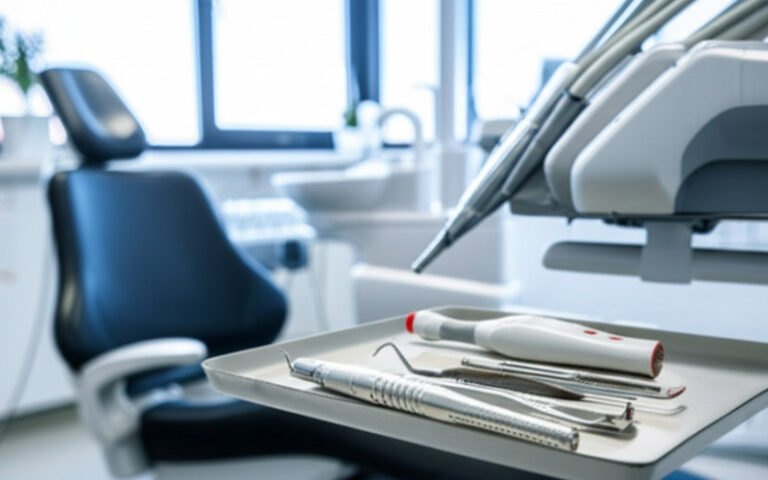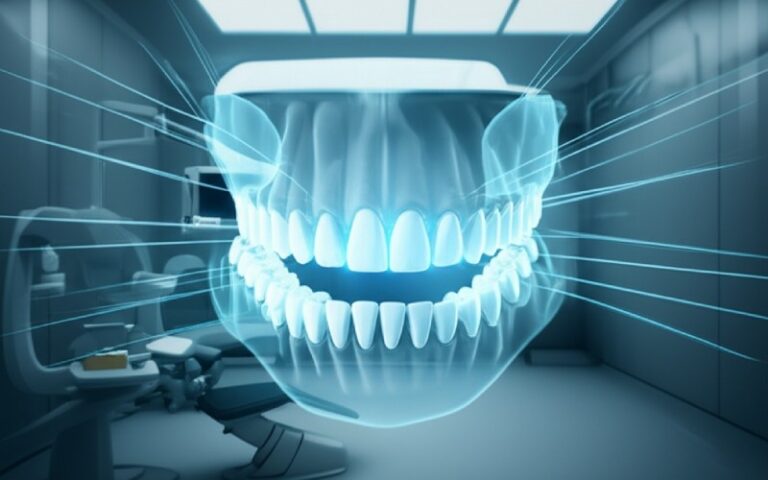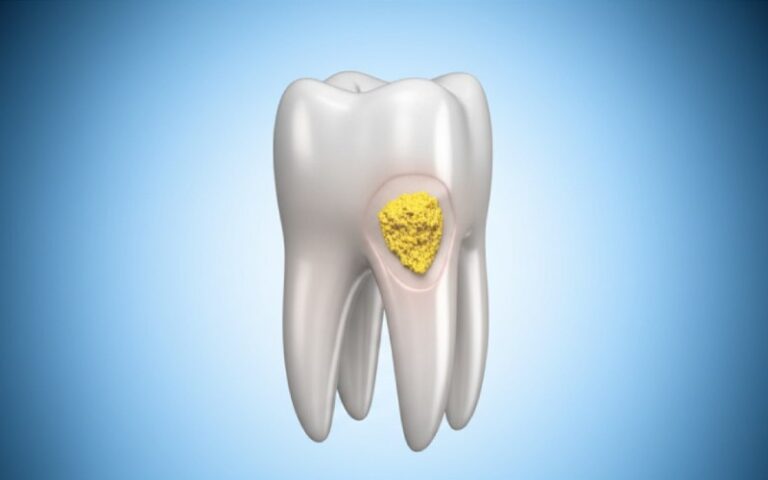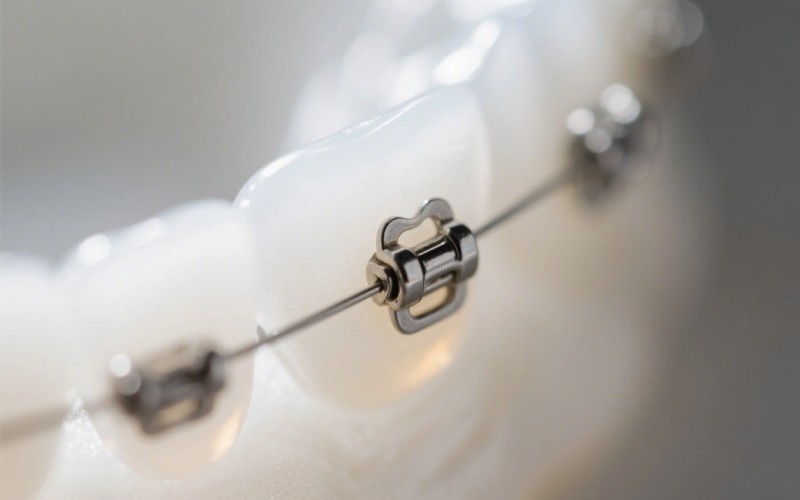
The Best Helper for Braces Comfort: A Simple Guide to Orthodontic Wax
The path to a perfect smile can be a little bumpy. While the final result is definitely worth it, the first part of wearing braces can be, well, a little uncomfortable. This is where a small, simple helper comes in: orthodontic wax. This easy, but very helpful, product is a huge help for anyone getting treatment with braces. In this article, I’m going to share everything you need to know about this key tool. We’ll look at what it is, why you need it, and how to use it correctly to make your time with braces as comfortable as can be. If you have braces or are thinking about getting them, it’s important to read this to make sure your journey is smooth and pain-free.
Table of Contents
What Is This Orthodontic Wax I Hear About?
Let’s begin with the basics. Orthodontic wax, which is also called dental wax or braces wax, is a soft material that’s easy to shape. It is made to lessen the pain caused by braces rubbing against the soft parts of your mouth. You can think of it as a safe layer, a soft cushion between the sharp parts of your new braces and the soft skin on the inside of your cheeks, lips, and gum. When you first get your braces, or after they are tightened, it’s common for a bracket or wire to cause some soreness. This is where the helpful wax comes in.
What this great wax is made of is very simple and, most importantly, safe. It’s usually made from natural waxes like carnauba wax, beeswax, or paraffin wax. Some might even have flavors like mint to make it a bit nicer. The main thing to know is that orthodontic wax is not harmful and is made just for using in your mouth, so you can be sure it’s a safe and useful tool for your braces care. It is solid when cool but gets soft from the heat of your fingers, which makes it easy to shape and put on.
Why is Dental Wax So Important for New Braces?
When you are new to having braces, your mouth has to get used to them. Having metal or ceramic brackets and wires in your mouth can cause some early pain and soreness. This is a very normal part of the process as your mouth gets used to them. The soft parts inside your mouth, like your cheek and lips, are not used to touching these new things all the time. This can cause sore spots, and sometimes even small cuts. This is the main reason why dental wax is a very important part of your journey with braces, especially at the start.
By making a smooth cover over the brackets and wires, the orthodontic wax stops this rubbing, giving your mouth the time it needs to heal and get stronger. It’s a smart step to take early on to stop soreness from turning into bigger, more painful sores. Think of it like wearing new shoes; there’s a getting-used-to-it period, and the wax is like a thick sock that stops blisters. Using this wax will make your time with braces much more comfortable.
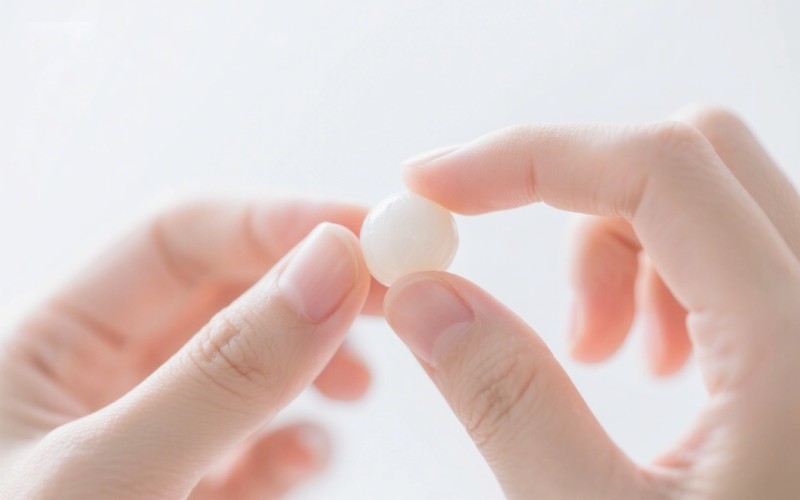
How Do I Use Wax on My Braces Correctly?
Putting on orthodontic wax is easy to do, but there are a few important steps to make sure it sticks and gives you the most comfort. I’ve made a simple, step-by-step guide based on my own experience.
Step-by-Step Guide for Putting on Wax:
| Step | What to Do | Why You Do It |
|---|---|---|
| 1. Wash Your Hands | Wash your hands well with soap and water before touching the wax. | This stops germs from spreading to your mouth, which is extra important if you have any sores. |
| 2. Clean the Spot | Brush your teeth and the bracket that’s bothering you to get rid of any food. | A clean spot helps the wax stick better and stops food and germs from getting trapped. |
| 3. Dry the Bracket | Use a clean tissue or a cotton swab to gently dry the bracket or wire that’s causing the problem. | The wax will stick much better to a dry spot. |
| 4. Take a Small Bit | Take a small piece of orthodontic wax, about the size of a pea. | You just need enough to cover the part that’s bothering you. |
| 5. Warm and Roll It | Roll the wax between your fingers for a few seconds. This makes it soft and turns it into a ball. | The heat from your hands will make the wax soft and easy to shape. |
| 6. Put the Wax On | Softly press the ball of wax over the bracket or the end of the wire that is causing the pain. | Make sure you press it on well enough to make a smooth bump over the sharp part. |
After you put it on, the wax should make a smooth, comfortable layer. If it feels like it’s not sticking right, you might not have dried the bracket enough. It’s okay to take the wax off and try again.
Can I Sleep with Braces Wax On?
I get this question a lot, and the answer is a definite yes! It is totally safe to sleep with orthodontic wax on your braces. Actually, it’s often suggested, especially when you first get your orthodontic treatment and your mouth is still getting used to things. Keeping the wax on all night gives you protection that doesn’t stop, letting any sore spots heal while you sleep.
The wax is made to be not harmful and safe, so even if a small piece falls off and you swallow it in your sleep, you don’t need to worry. The main goal is to keep you comfortable, and if keeping the wax on helps you sleep well without being poked by a wire, then you should definitely leave it on. Just remember to put on a new, fresh piece of wax in the morning to keep things clean.
Is It a Problem If I Swallow the Wax by Accident?
Let me help you stop worrying right now: it is completely fine if you swallow a small bit of orthodontic wax by accident. Like I said before, this wax is made from safe, natural things like beeswax and carnauba wax. It is made to be in your mouth, and the companies that make it know you might swallow it by accident.
You shouldn’t try to eat your braces wax, but if a small piece of wax comes off when you are talking, eating, or sleeping, and you swallow it, your body will just pass it through without any problems. It will not make you sick or hurt you. So, if you are new to braces and you wake up and a piece of wax is gone, don’t worry. It’s something that happens a lot and is not a big deal.
How Often Should I Change My Braces Wax?
To keep your mouth clean, it’s important to change your orthodontic wax often. Usually, you should try to change the wax at least two times a day. But, there are a few other times you should use a new piece of wax. You should always take the old wax off before you eat. Food can get stuck in the wax, which can cause germs to grow.
You should also change the wax if it gets dirty or isn’t sticky anymore. A new piece of wax will stick better and give you more comfort. It’s also a good idea to take the wax off before you brush your teeth so you can clean around the bracket well. And never, ever use an old piece of wax again. Always use a fresh piece to keep your mouth clean and healthy.
What Are the “Do’s and Don’ts” for Using Orthodontic Wax?
To use your orthodontic wax in the best way and have a comfortable time with your braces, here are some simple do’s and don’ts to remember:
- Do:
- Wash your hands before you touch the wax.
- Brush and dry the area before you put it on so it sticks better.
- Use a piece of wax the size of a pea.
- Warm the wax with your fingers to make it soft.
- Change the wax at least two times a day, or if it gets dirty.
- Take the wax off before you eat and brush your teeth.
- Always have wax with you in case you need it.
- Don’t:
- Use too much wax, because it can fall off more easily.
- Keep the same piece of wax on for over two days.
- Use old wax again, because this can put germs in your mouth.
- Wait to call your orthodontist if the pain doesn’t stop.
- Use candle wax or other kinds of wax instead, as they can be bad for you.
Are There Other Choices Besides Regular Orthodontic Wax?
Orthodontic wax is the most common and suggested answer for soreness from braces, but there are a few other choices. One common choice is orthodontic silicone. Silicone is usually stronger and can last longer than regular wax. There are also things like silicone strips that can stick on more securely.
If you’re in a tough spot, some people have used sugar-free chewing gum for a short time. But, this should only be the very last option, because gum can get stuck on your braces and be hard to get off. It’s always best to use things that are made for braces. If you feel like wax is not helping enough, or if you have a hard time keeping it on, talk to your orthodontist about other things that might work for you.
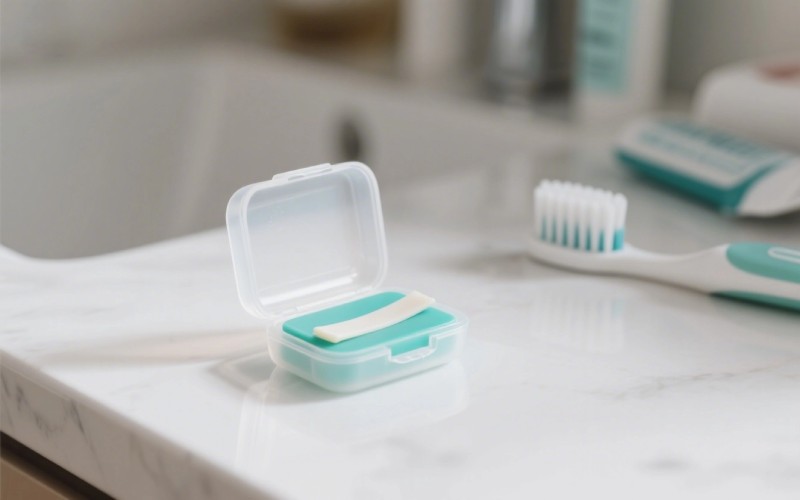
When Should I Worry and Call My Orthodontist?
Orthodontic wax is a great short-term fix for the small pains that come with having braces. But, it’s not a forever solution. If you notice that one bracket or wire is always hurting you, even when you use wax, it’s a good idea to call your orthodontist’s office.
Soreness that won’t go away could mean that a wire needs to be cut or a bracket needs to be fixed. You should also call your orthodontist if you have a loose bracket or a wire that has popped out. You can use wax to hold a loose piece for a short time, but it’s important to get it fixed by a professional to make sure your treatment is going as planned. Your orthodontist is your helper on your way, so don’t be afraid to call if you are worried about anything.
Common Questions (FAQs) About Orthodontic Wax
Can I eat with wax on my braces?
It’s usually suggested to take the wax off before eating. This stops food from getting stuck in it and helps you avoid swallowing it.
How do I get wax off my braces?
You can usually just pull it off with your fingers. If a little bit is left, you can use a toothbrush, floss, or a small pick for cleaning between teeth to gently take it off.
What if I run out of orthodontic wax?
You can usually buy more at a local pharmacy. If you need it right away, you can ask your orthodontist for more. Some people have used sugar-free gum as a very short-term fix.
Key Things to Remember
To finish up, here are the most important things to remember about your new best helper, orthodontic wax:
- Orthodontic wax is a safe, not harmful product made from natural waxes like beeswax and carnauba wax.
- It works as a safe layer to stop pain from your braces rubbing the inside of your mouth.
- Always wash your hands and clean the spot before putting on the wax.
- A piece the size of a pea, warmed up with your fingers, is all you need.
- It’s safe to sleep with wax on your braces, and it’s okay if you swallow a little bit by accident.
- Change your wax at least two times a day and always use a new piece.
- If you have pain that doesn’t stop or a loose bracket or wire, call your orthodontist.


